Fall: The Best Time to Fix Drainage Problems
The Hudson Valley had a particularly wet spring. If you had water collecting in your yard, fall is the best time to act. Aside from the aesthetics of standing water in your yard and the inability to utilize your yard the way you’d like, drainage issues can lead to some serious and costly problems.
Here are some signs that you have drainage problems:
- Cracks in your foundation can be caused by water that collects right around your house.
- Water that has exposed roots, gutted out areas of your lawn, or created swampy sections. This erosion washes away many of the nutrients that your lawn and plantings need to thrive.
- Water leaking into your basement or garage means water is pooling up around your foundation.
- A constantly running sump pump means that water from poor drainage is consistently entering your home.
- Plants and shrubs that have fungus or mold in wetter areas of your yard.

Poor Drainage Conditions
Causes of Poor Drainage
- Poor Yard pitch or slope either toward or away from your home will result in water running to the downslope.
- A depression in your landscape will cause rainwater to collect, causing puddles or soggy areas that take forever to dry up.
- Impacted soil makes it difficult for rain or snow to be absorbed, so it just sits on top.
- Pathways around your house and yard can act like a dam, retaining water.
- Lack of or improperly installed downspouts make it hard to divert rainwater away from your house.
DRY CREEK and OTHER FIXES
Dry creek landscaping
The good news is that these are problems Augustine Nursery can fix by:
- Grading the soil incrementally away from your house, patios, walkways, and driveway
- Installing a dry creek that is both beautiful and functional to redirect water
- Building French drains – an underground drainage system – to move water to a designated area
- Permeable pavers for pathways can alleviate water build up in walkways.
- Add a water feature to give your yard a place for excess water to collect.
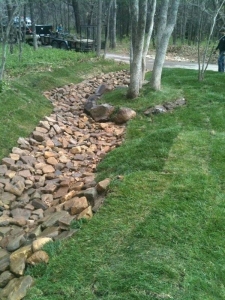
Dry Creek Landscaping

French Drain
Right now, before the winter snow accumulation and the spring thaw, is the perfect time to put your drainage problems to bed. Just remember, the Grand Canyon was created by a small flow of water, so don’t underestimate its power of erosion. Ask Augustine how to channel your drainage problems away.

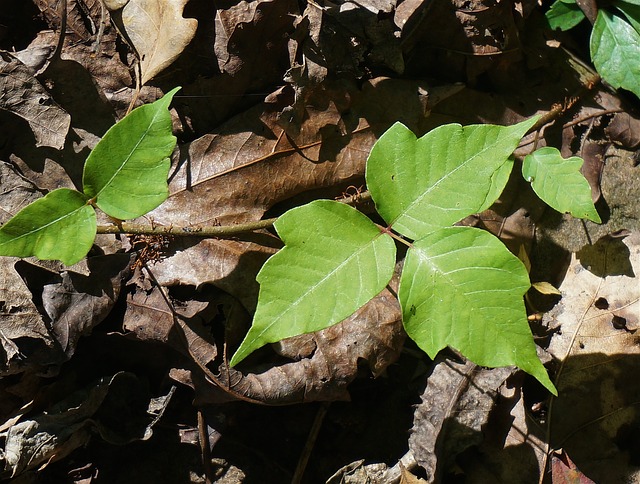
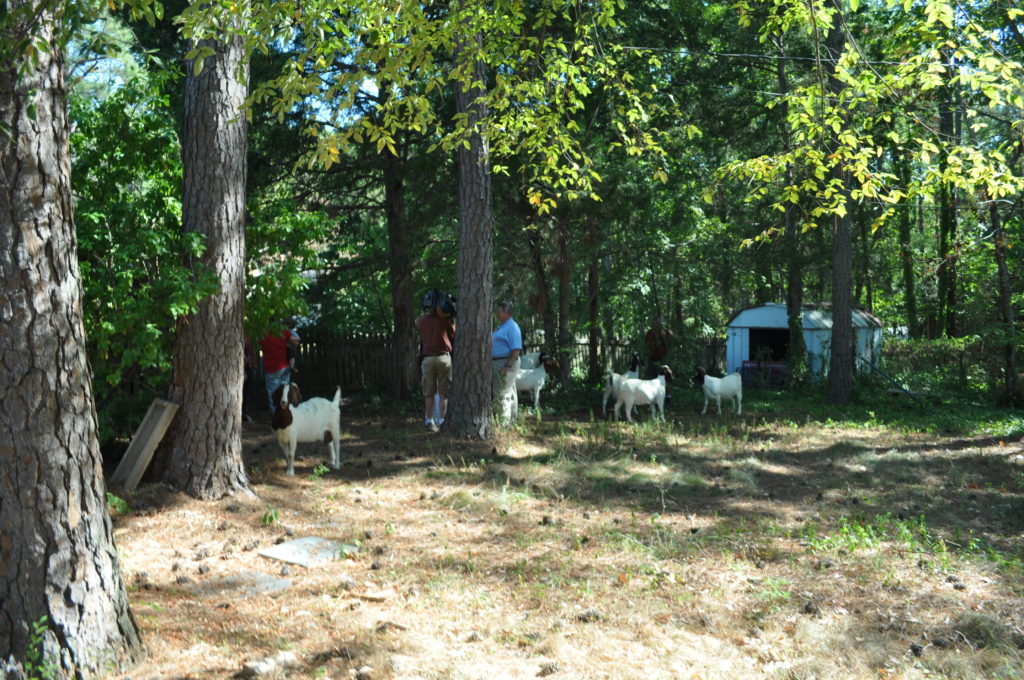
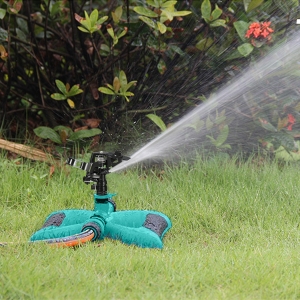

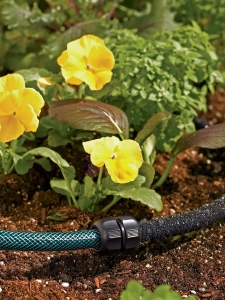
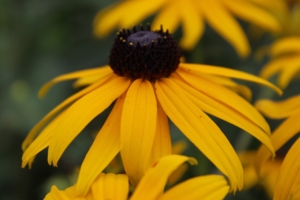
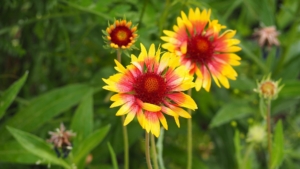
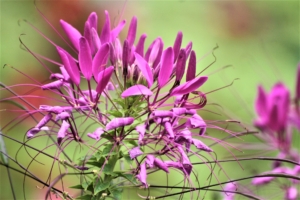

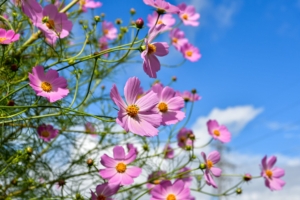
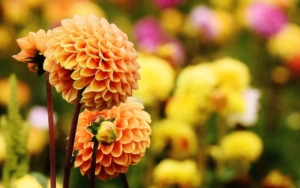
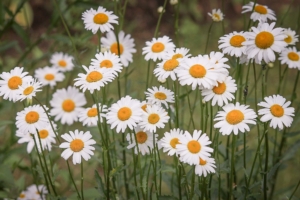
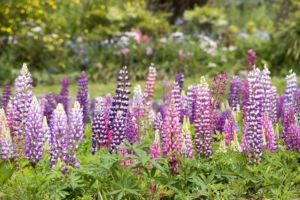
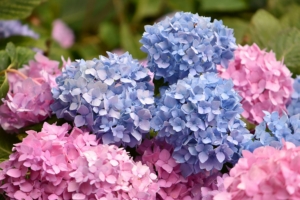
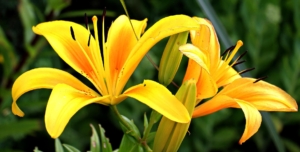
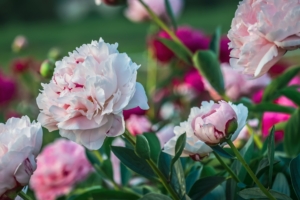



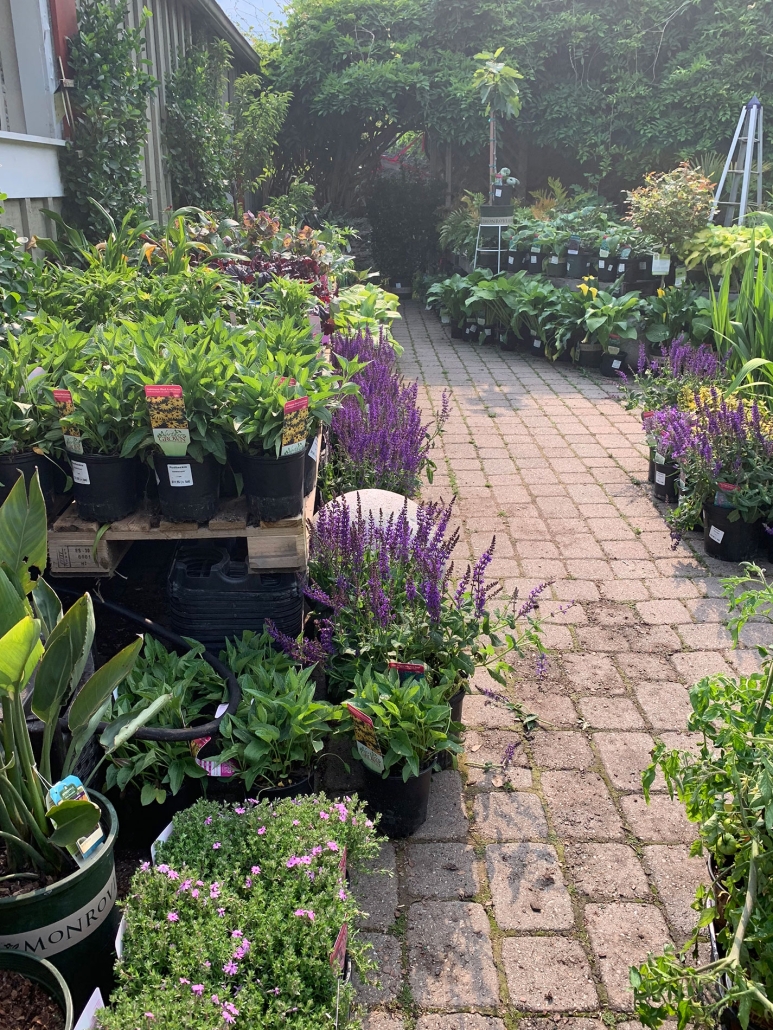
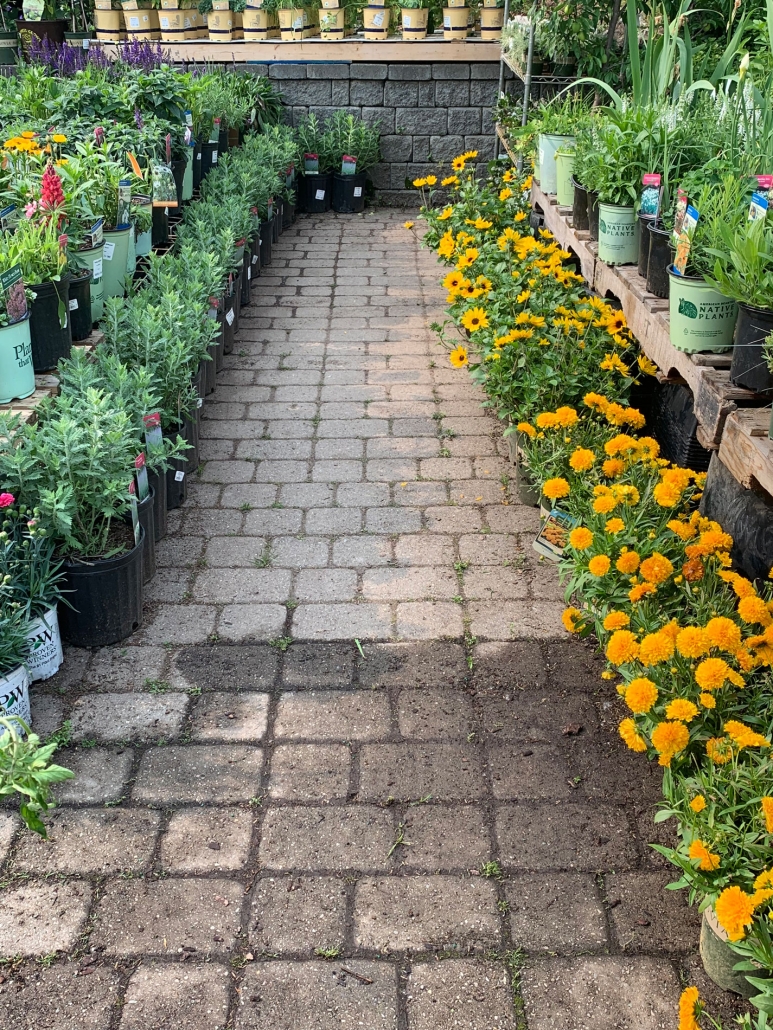
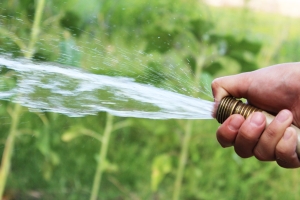 Watering Your lawn
Watering Your lawn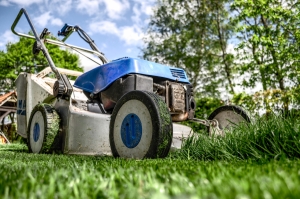 Mowing Your Lawn
Mowing Your Lawn Dogwoods are one of the most popular flowering trees and are beautiful to look at all year round. Dogwoods typically have white flowers, but some varieties have pink. They are quick-growing trees whose leaves turn a beautiful purplish-red in fall. If you love birds, this is the tree to plant as they love the Dogwood’s red berries.
Dogwoods are one of the most popular flowering trees and are beautiful to look at all year round. Dogwoods typically have white flowers, but some varieties have pink. They are quick-growing trees whose leaves turn a beautiful purplish-red in fall. If you love birds, this is the tree to plant as they love the Dogwood’s red berries.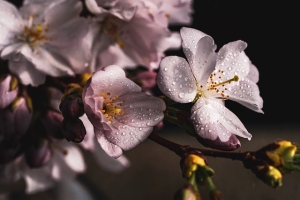
 Seeing a redbud tree in full bloom is memorable. Magenta buds swell into bright pink flowers before any of the leaves appear. They are one of the longest blooming trees – with flowers lasting for two to three weeks. The leaves are heart-shaped and turn bright yellow in autumn.
Seeing a redbud tree in full bloom is memorable. Magenta buds swell into bright pink flowers before any of the leaves appear. They are one of the longest blooming trees – with flowers lasting for two to three weeks. The leaves are heart-shaped and turn bright yellow in autumn. If you’re looking to add a blast of color to your summer landscape, the plum Newport is a hardy choice. With plum-colored leaves and delicate light pink flowers, this tree requires no accompanying shrubs or plantings to make a statement.
If you’re looking to add a blast of color to your summer landscape, the plum Newport is a hardy choice. With plum-colored leaves and delicate light pink flowers, this tree requires no accompanying shrubs or plantings to make a statement.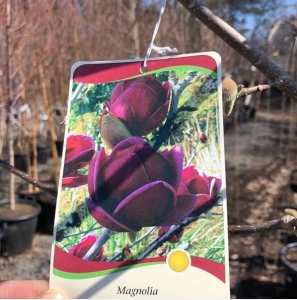 Magnolias have large glossy foliage and sweet fragrant blooms. Mostly found in the south, there are a few that thrive in our zone. Sweetbay and Magnolia Butterfly are two great options that bloom for about two weeks in spring/summer.
Magnolias have large glossy foliage and sweet fragrant blooms. Mostly found in the south, there are a few that thrive in our zone. Sweetbay and Magnolia Butterfly are two great options that bloom for about two weeks in spring/summer.
